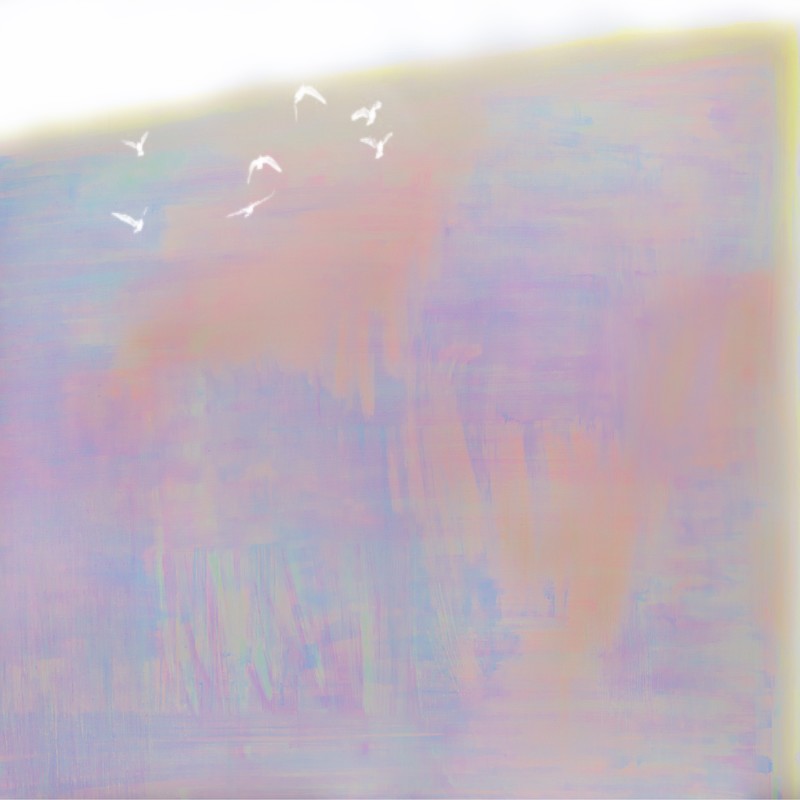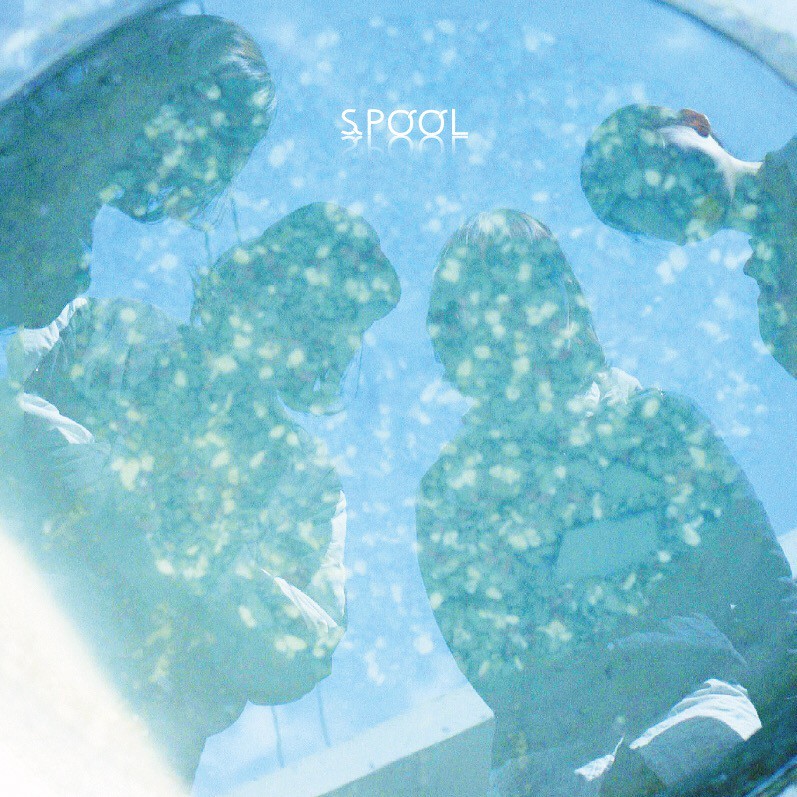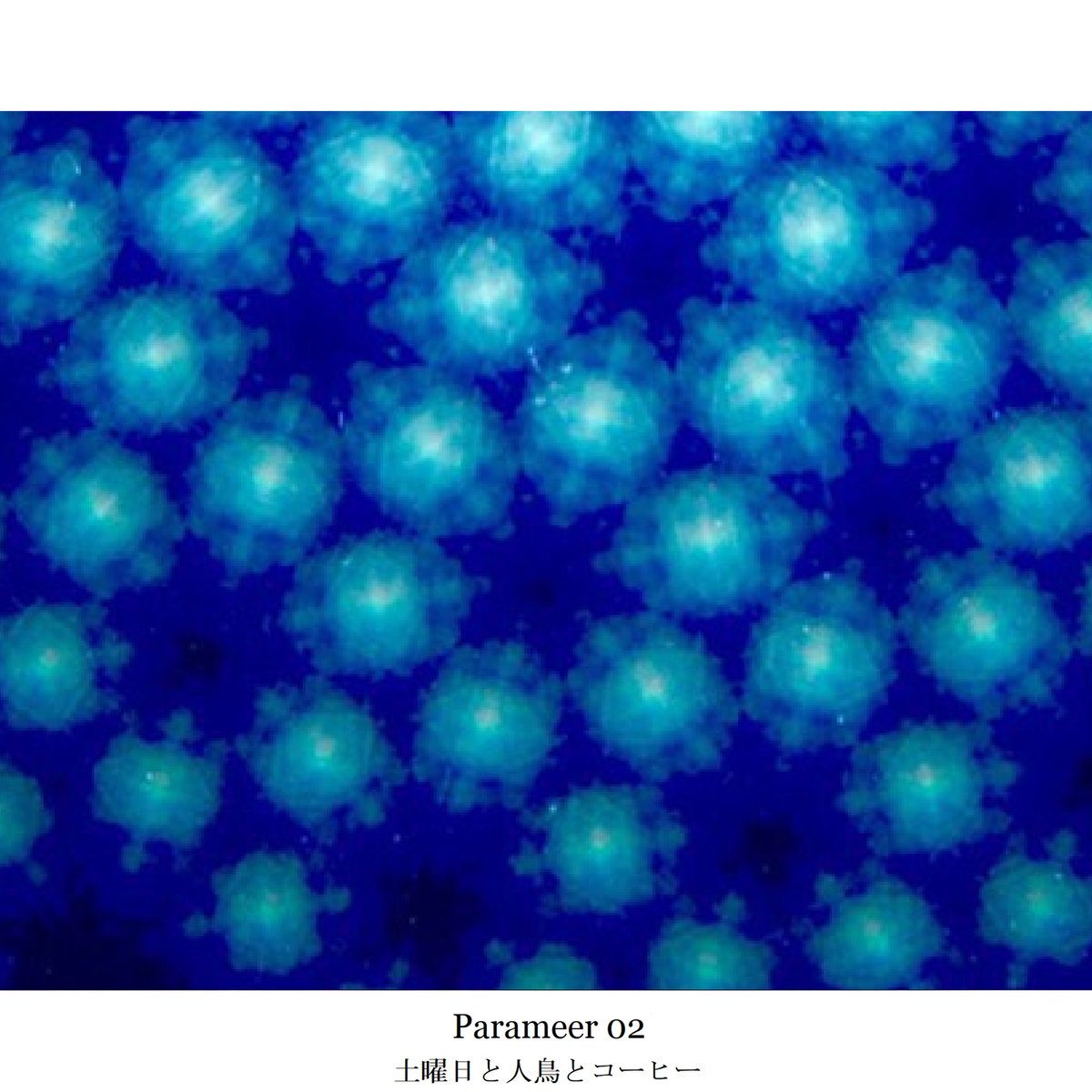
Though Korea hasn’t produced as steady a flow of shoegaze as continental counterparts such as Japan, Taiwan, and Indonesia, its output with regard to the genre has been solid. Bands like Vidulgi OoyoO and UHF Seoul, and genre-adjacent acts such as Aseul and Say Sue Me have been notable representatives of Korean shoegaze and dream pop over the past decade-plus. However, beyond a small number of bands and a Korean Loveless tribute, delving into the dreamy realm of the domestic scene has been difficult.
At the start of 2019, there was a brief surge of Korean shoegaze acts on Bandcamp. The most impressive of these bands was FOG, whose “Shine/DreamingDreamingDreaming” single was an immediate attention grabber. The band went on to publish a number of songs including a previously released demo album and it was obvious that this Seoul-based quartet was something special. This week, they dropped their proper full-length debut, Fogesque, and introduced themselves as the new face of Korean shoegaze.
FOG’s strength is building incredible space using a cascade of guitars so deep and drenched in reverb that comparisons to Slowdive were immediate and perfectly understandable. Crafting within that vast space using dancing melodies and chilling, whispering vocals results in sheer bliss at a drugged-out stroll of a pace. Fogesque is a perfect showcase of that ability and more via a blend of new music and some beefed up versions of older songs.
Four of the tracks on Fogesque are new versions of songs that first appeared on the aforementioned demo album from 2018, The Harder We Push, The Faster Well All Get Outta Here. The standout of the callback portion of the album is “Dark Room”, which was hauntingly gorgeous in its demo form, but received a considerable amount of additional depth thanks to the production work of drummer Hwanho Lee (aka Bang9suk). Perhaps the most fun result of the uptick in production quality is “Dehumidifier”, which taps along before a very harsh turn into a squall of guitar noise. Admittedly, the dynamic change is a bit jarring at first, but there’s something wholly satisfying about such a violent eruption from the peaceful lull that leads up to it.
The new music on the album shows the band’s ability to continue writing fresh, strong shoegaze tunes using their usual formula. If there’s one single best moment on the entire album it’s the exhale into the chorus of lead single “Nocturne”. The burst of guitars and piercing melodic lead is tonal perfection. And while the fadeout at the end of the track feels like a bit of a premature come down, the dense, dreamy haze continues into “Listless” and on into “Acid Dream”.
Whether intentional or not, the placement of bouncy, whimsical dream pop tune “Dearest” smack in the middle of the album feels like a strategic palate cleanser before the wall of sound kicks back in on “Space Space Space Shuttle”. From there, the band dives into deep textural exploration en route to the absolutely stunning finale of “Dark Room”.
After almost two years of buildup, FOG’s new album is a statement that they are the band at the forefront of Korean shoegaze in this new decade. Whether or not there’s a new wave of domestic artists poised to follow their lead, the young foursome has a bright future ahead of them on the back of a beautiful, deep sound that should appeal to a wide audience far outside their home country. Fogesque is just the beginning.
You can purchase Fogesque in digital or limited edition CD formats over at FOG’s Bandcamp page here: https://phoque0twisted.bandcamp.com/album/fogesque

![[Korea] FOG – “Fogesque”](http://45.32.42.1/wp-content/uploads/2020/11/a2766927858_10.jpg)









